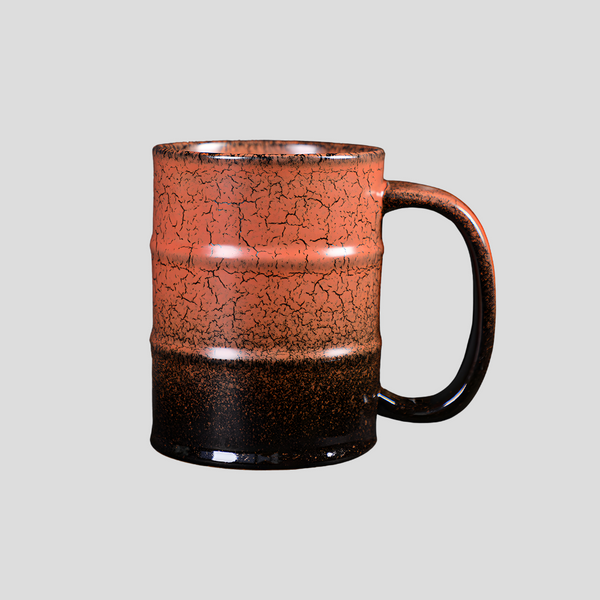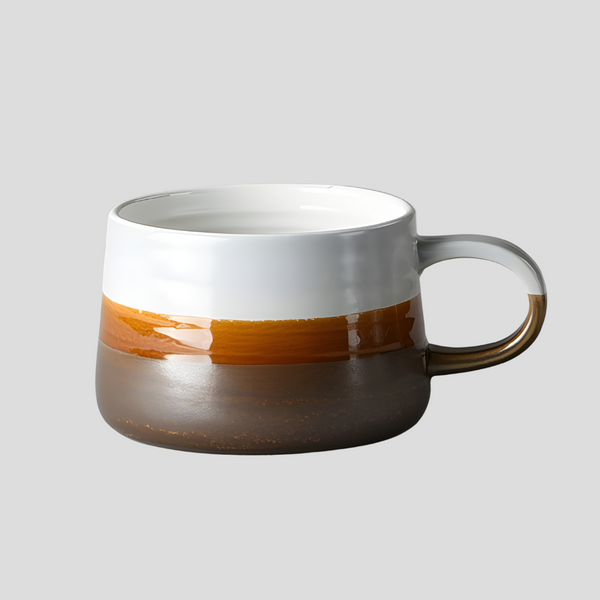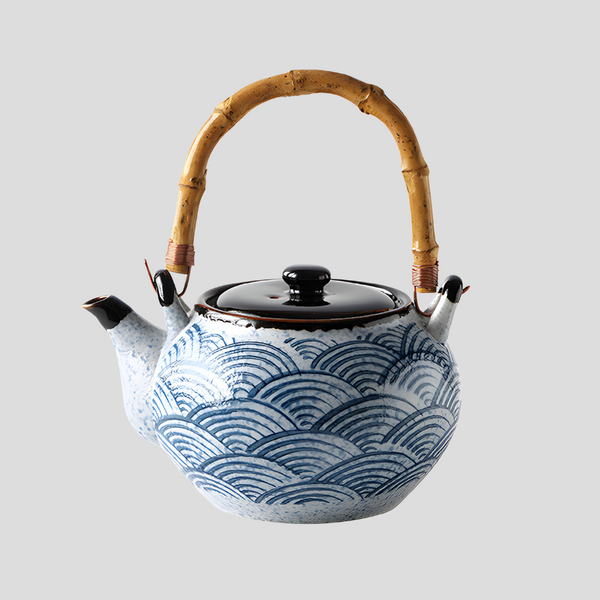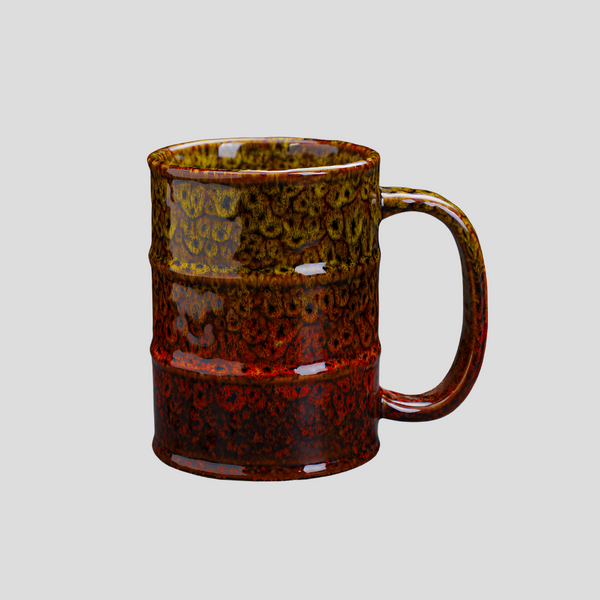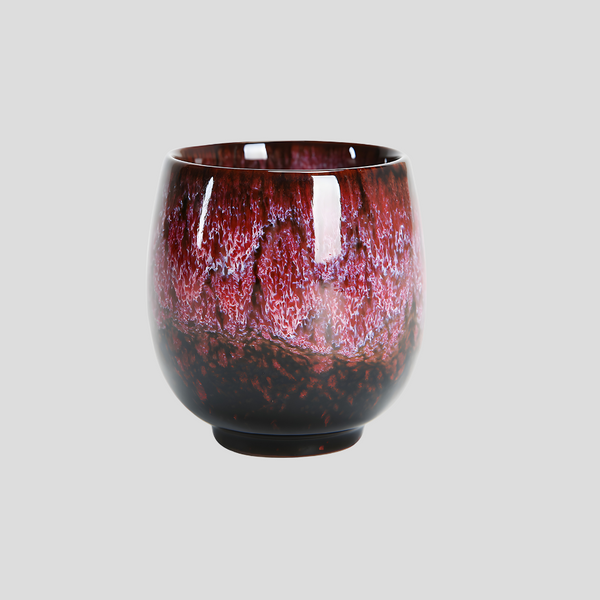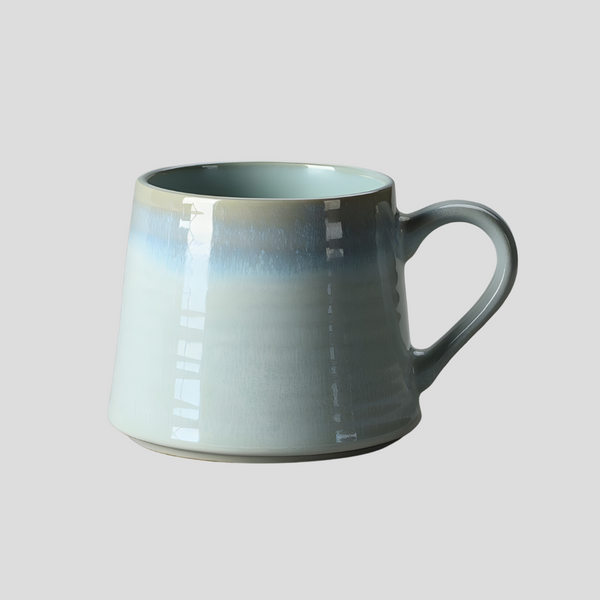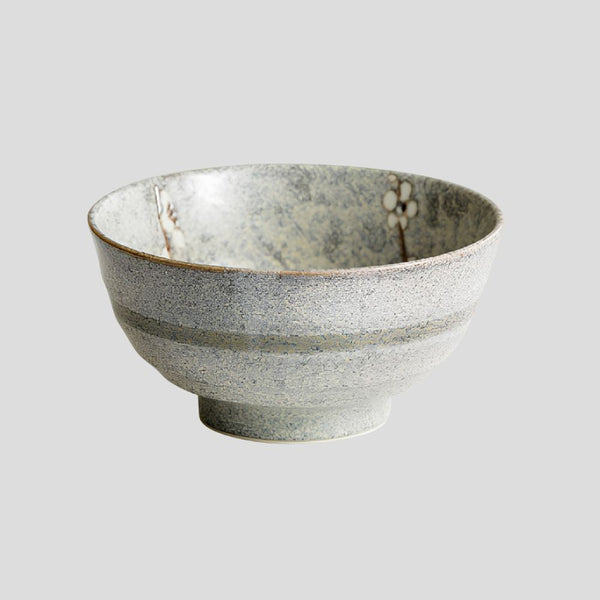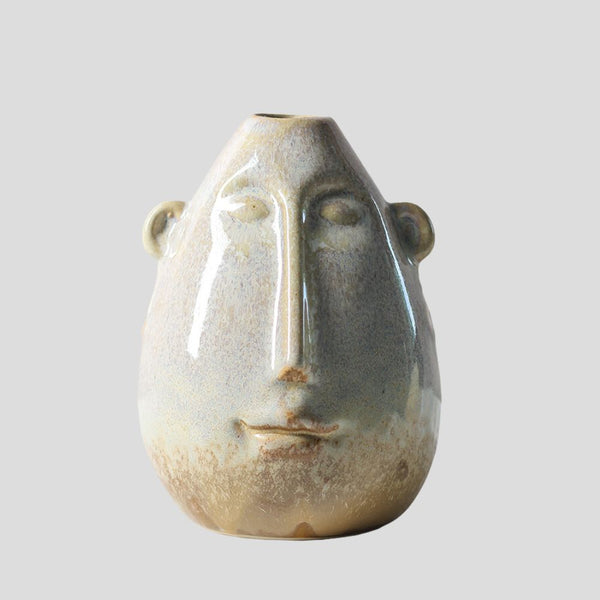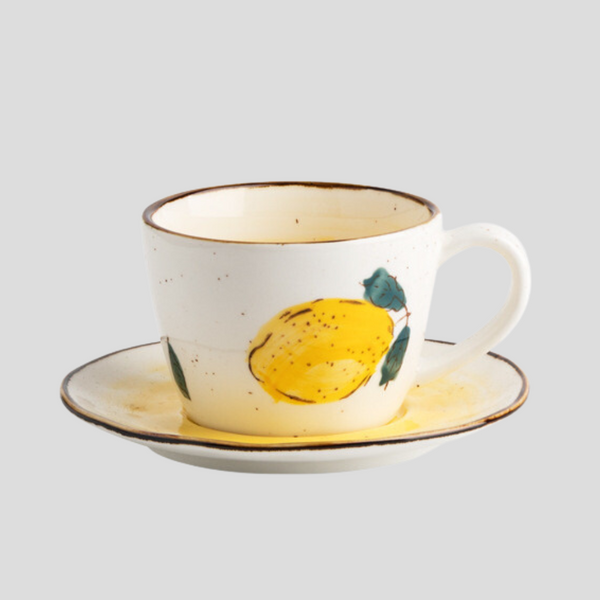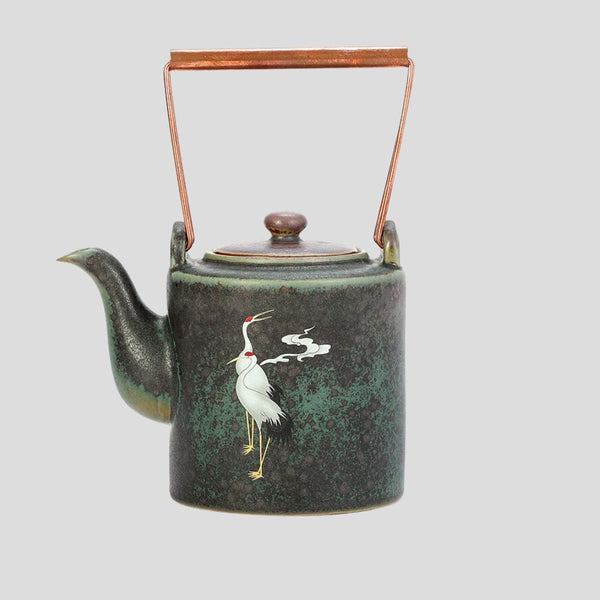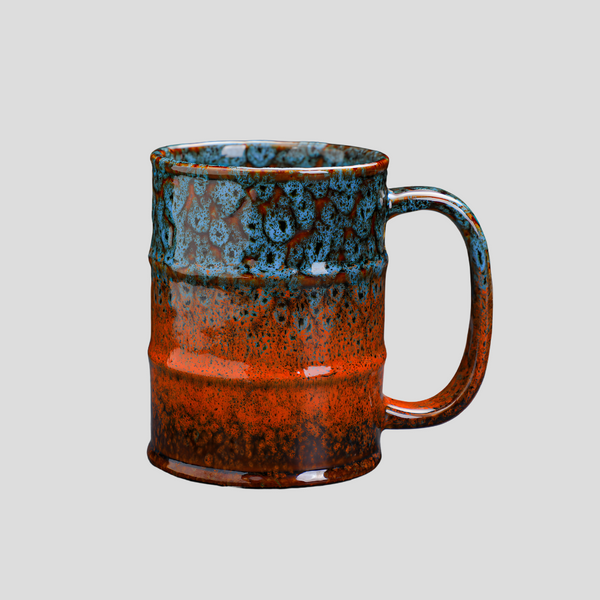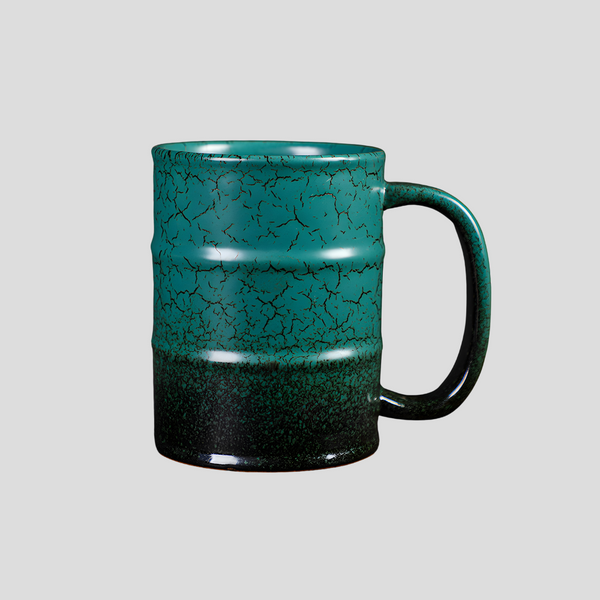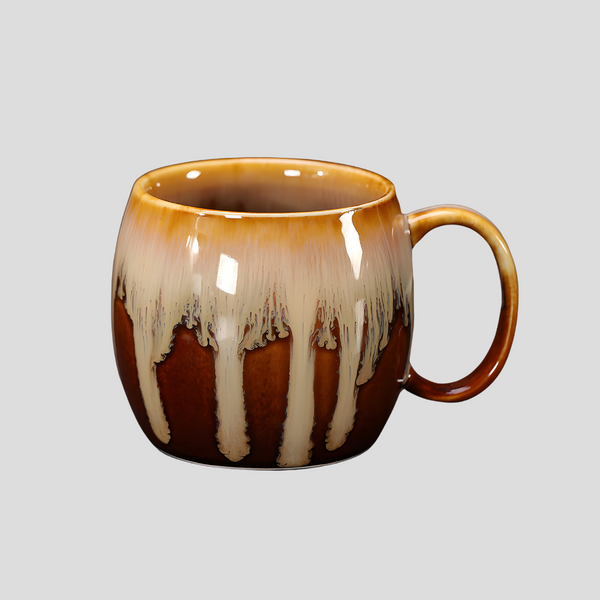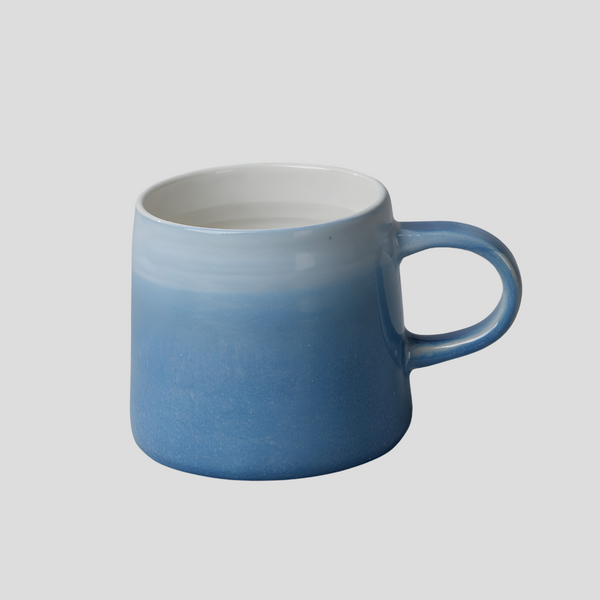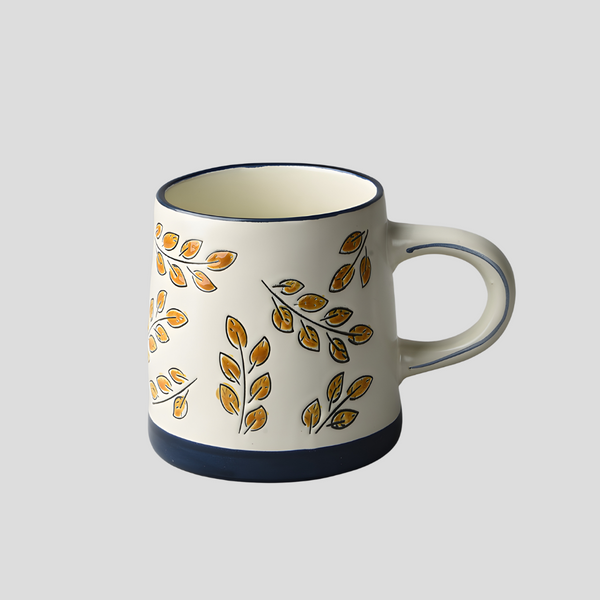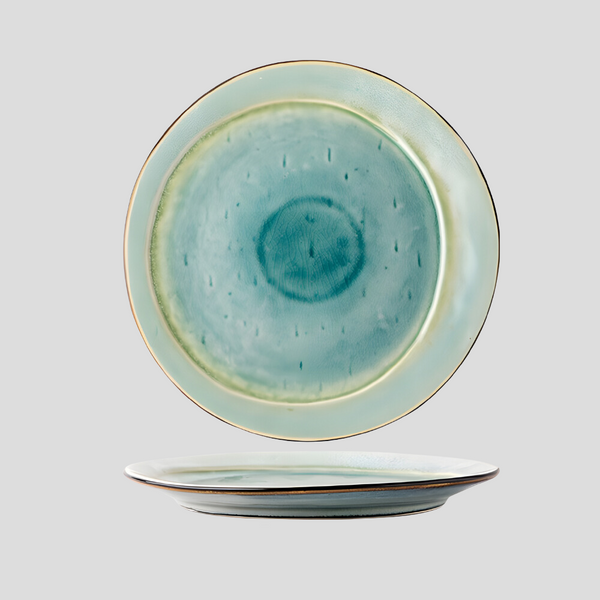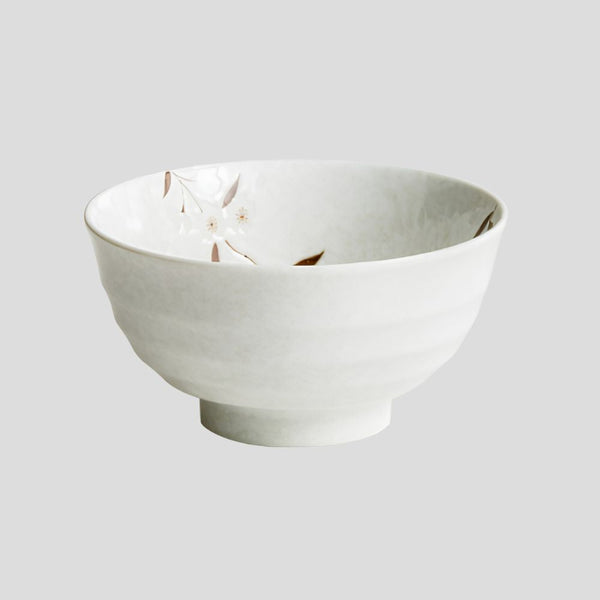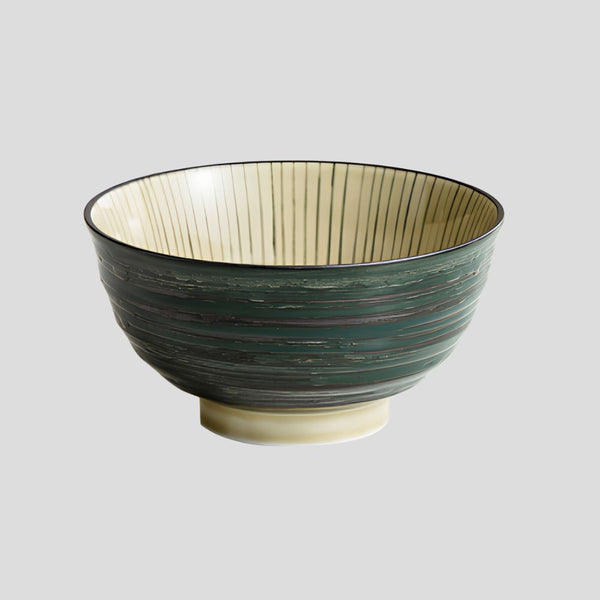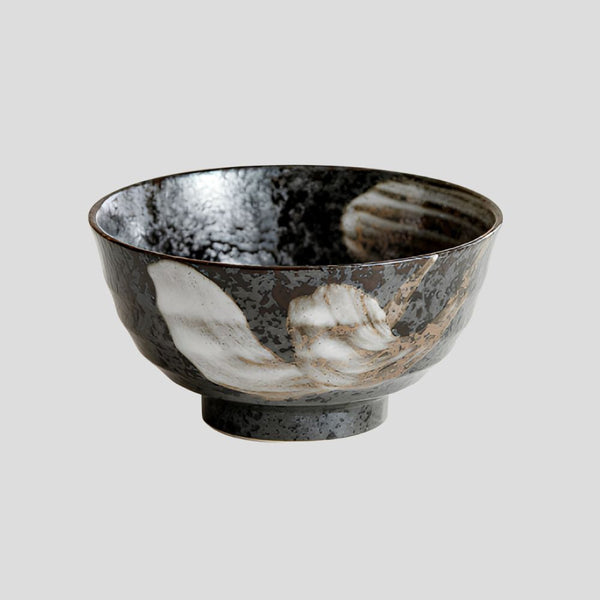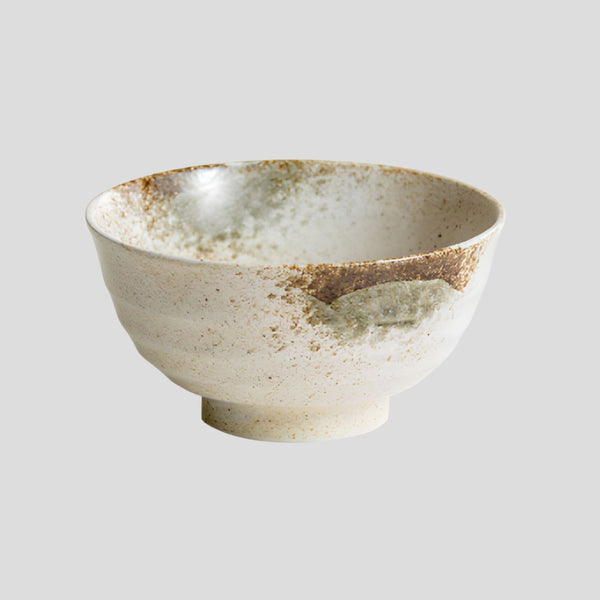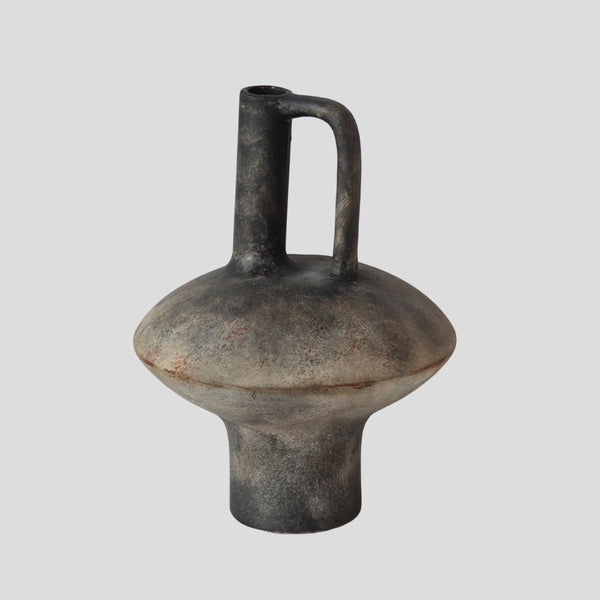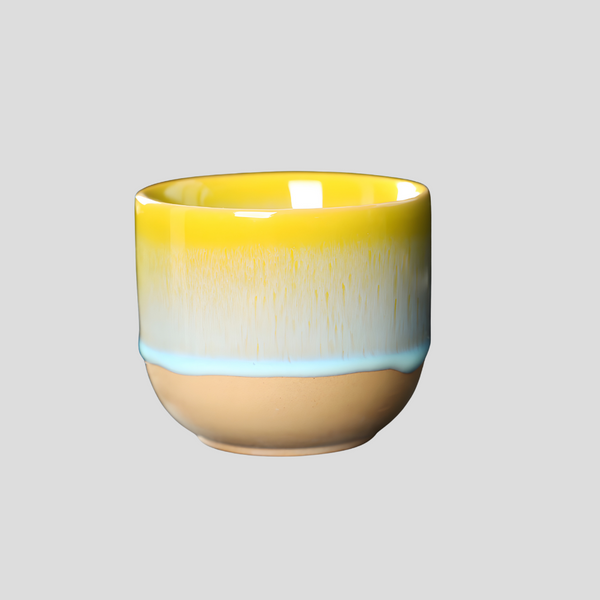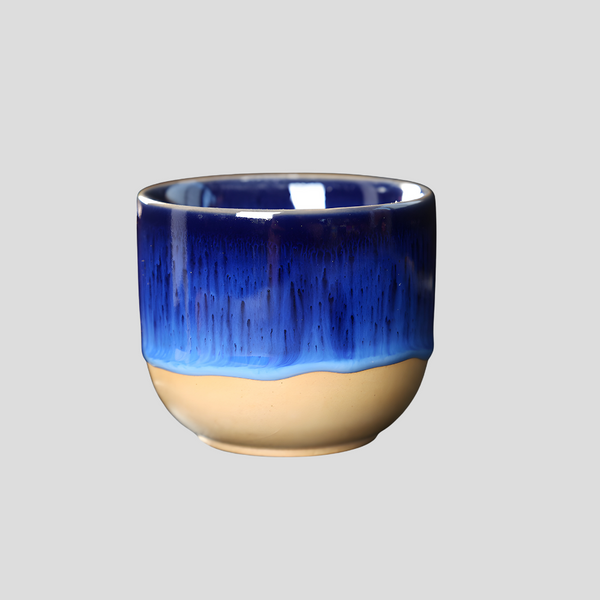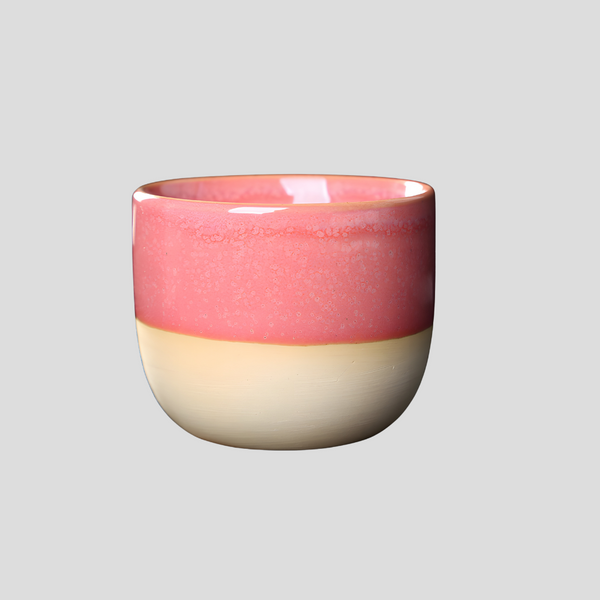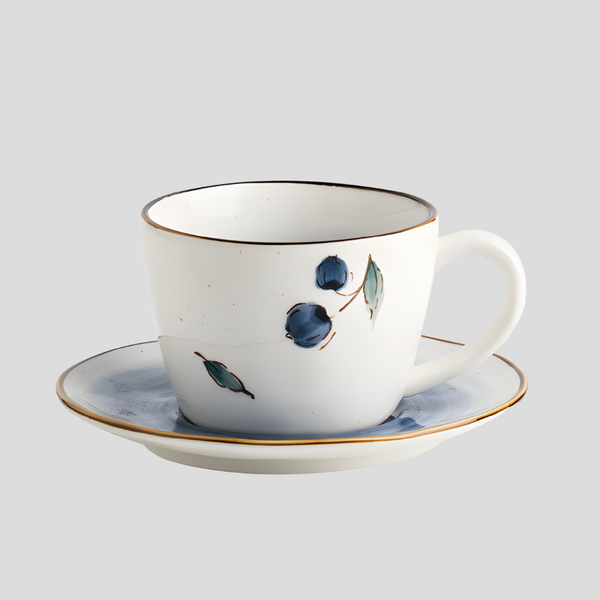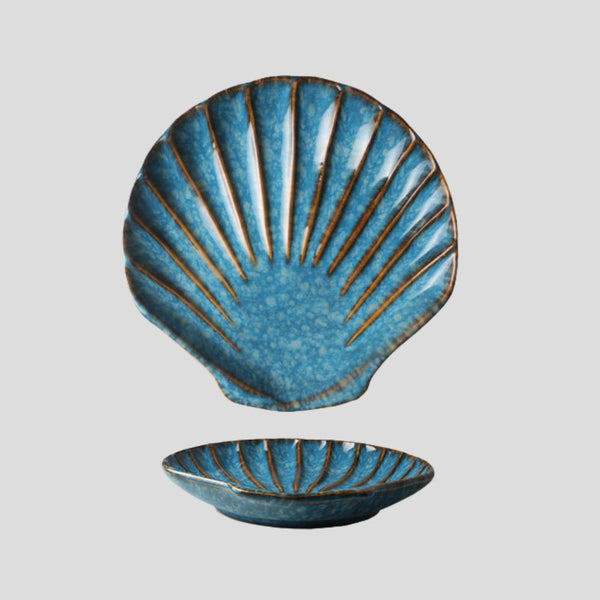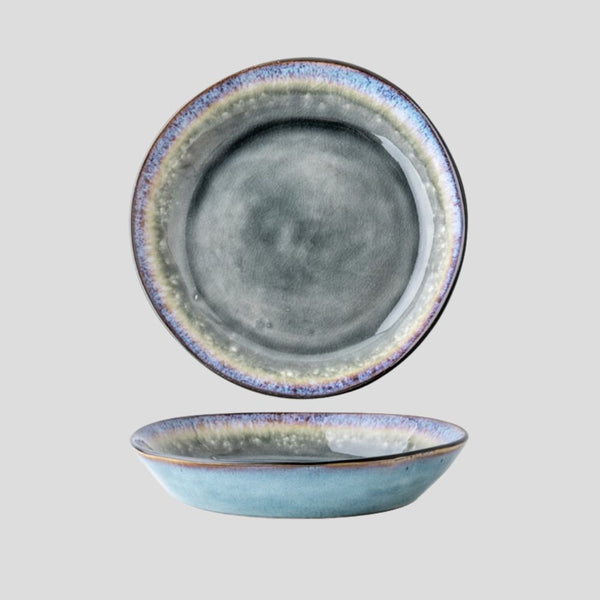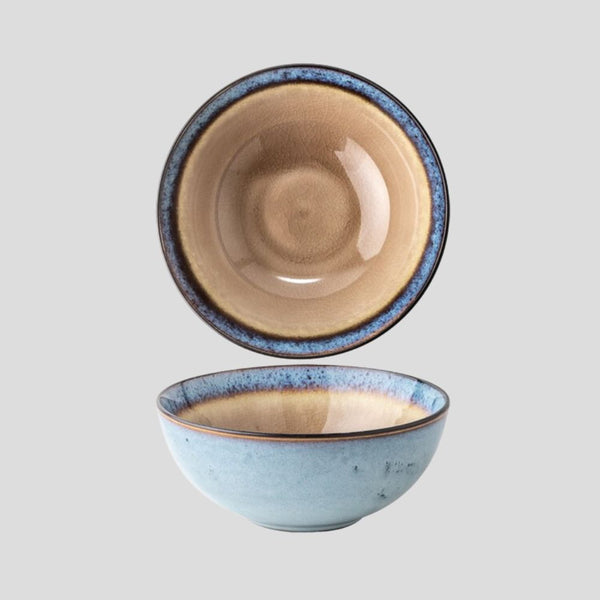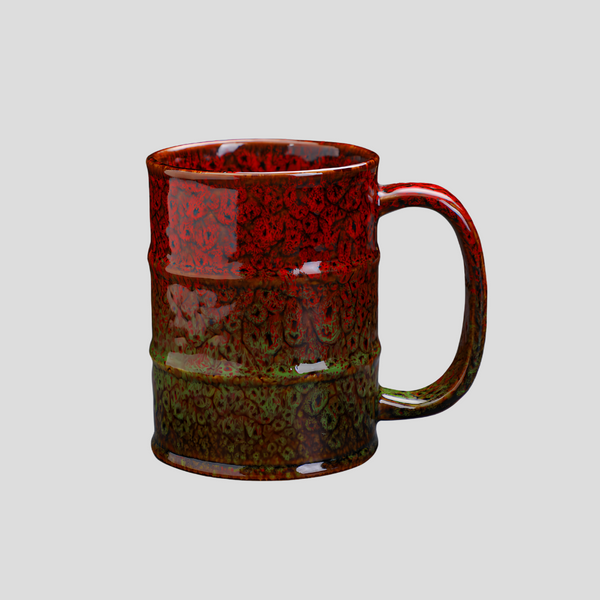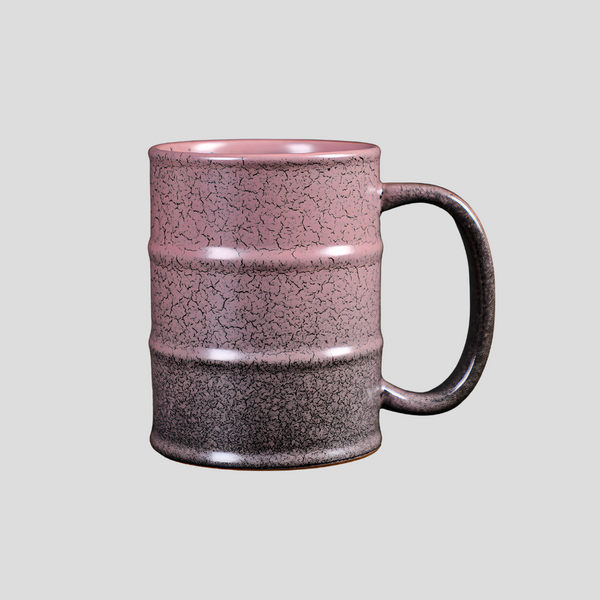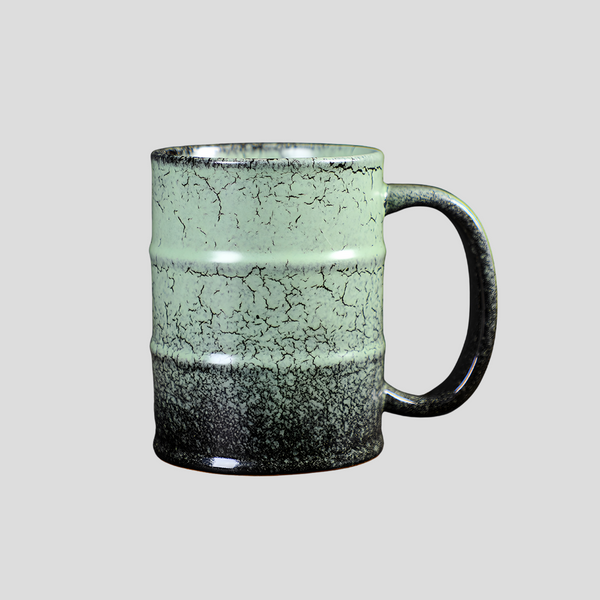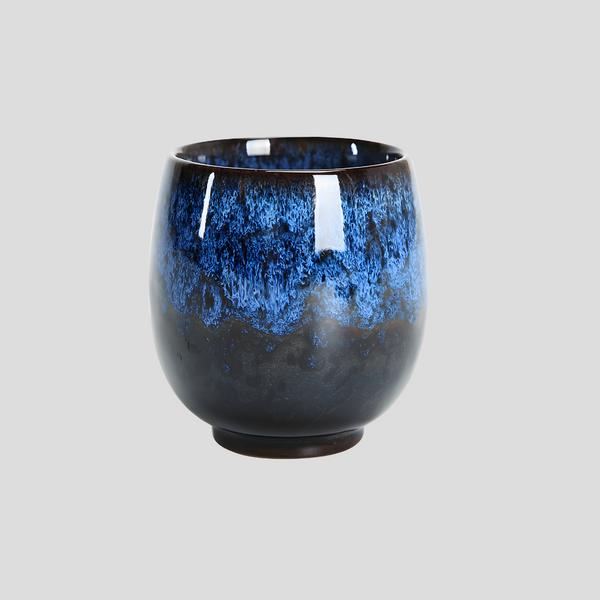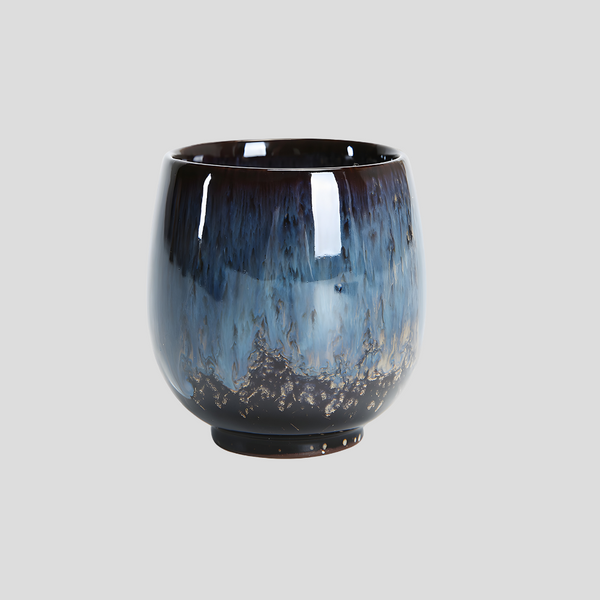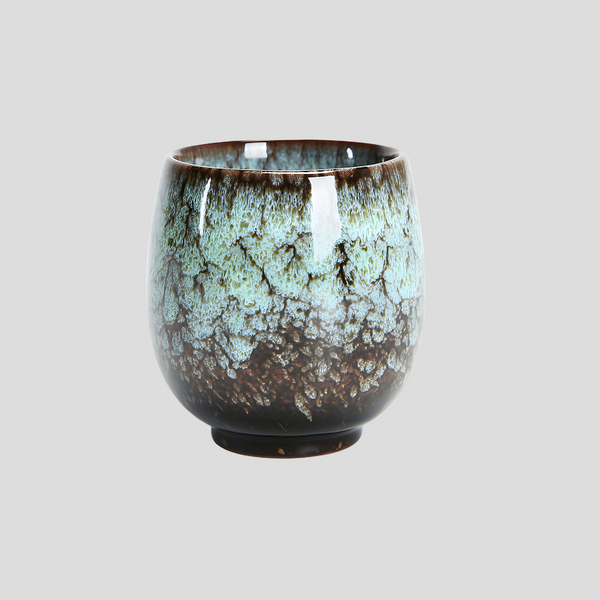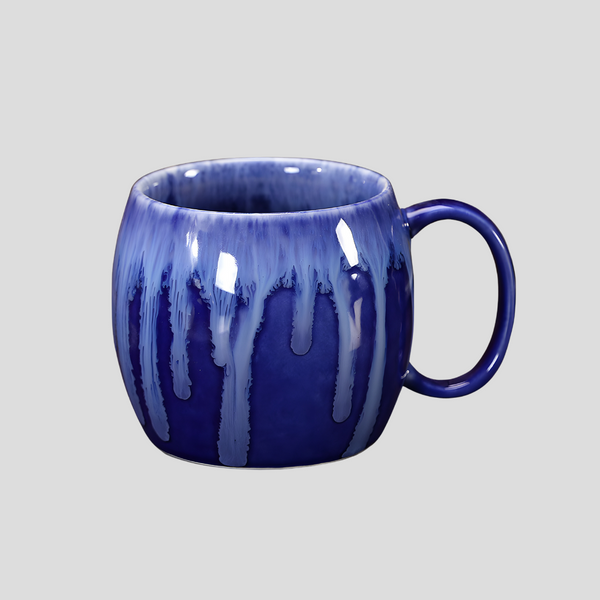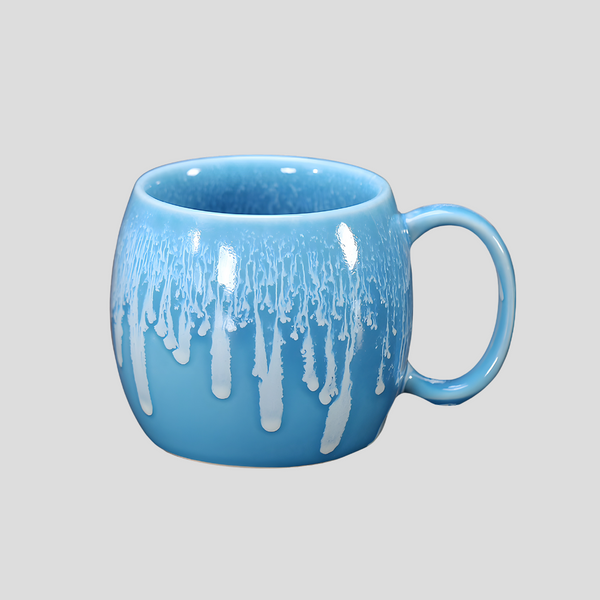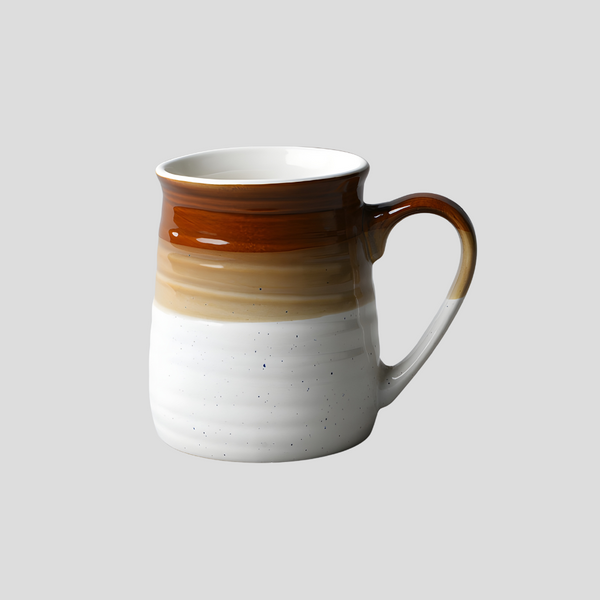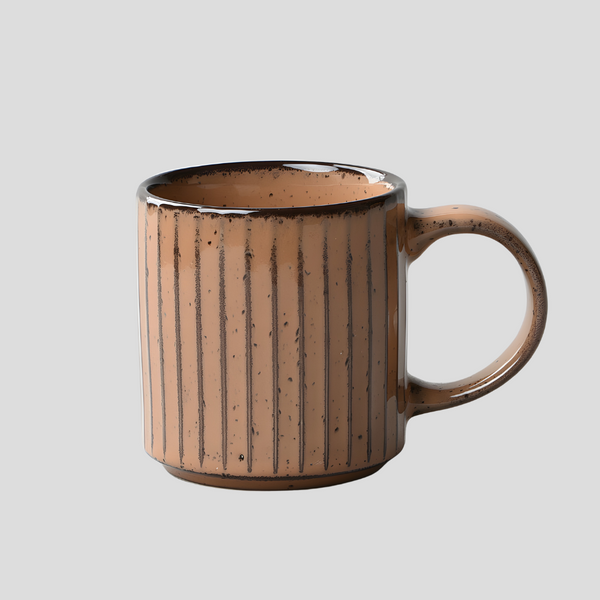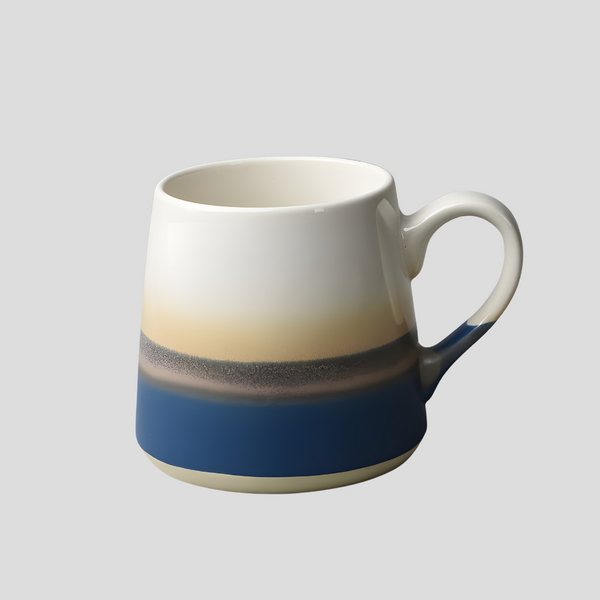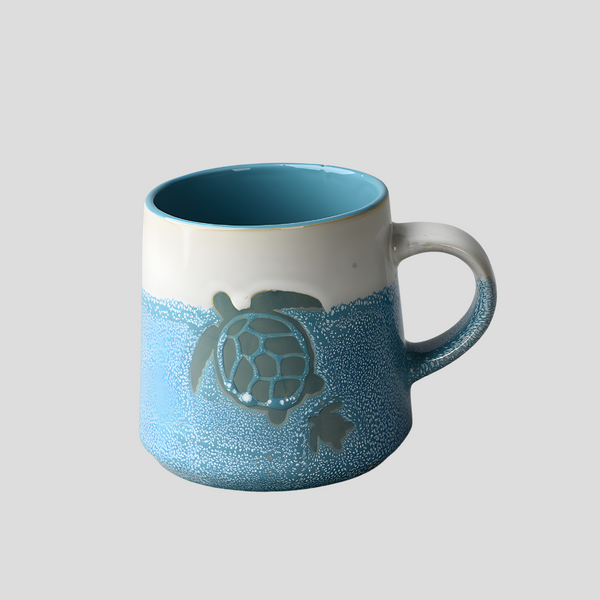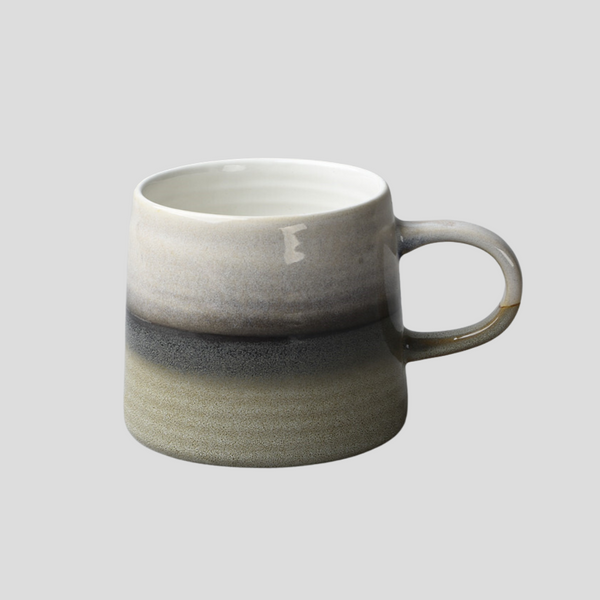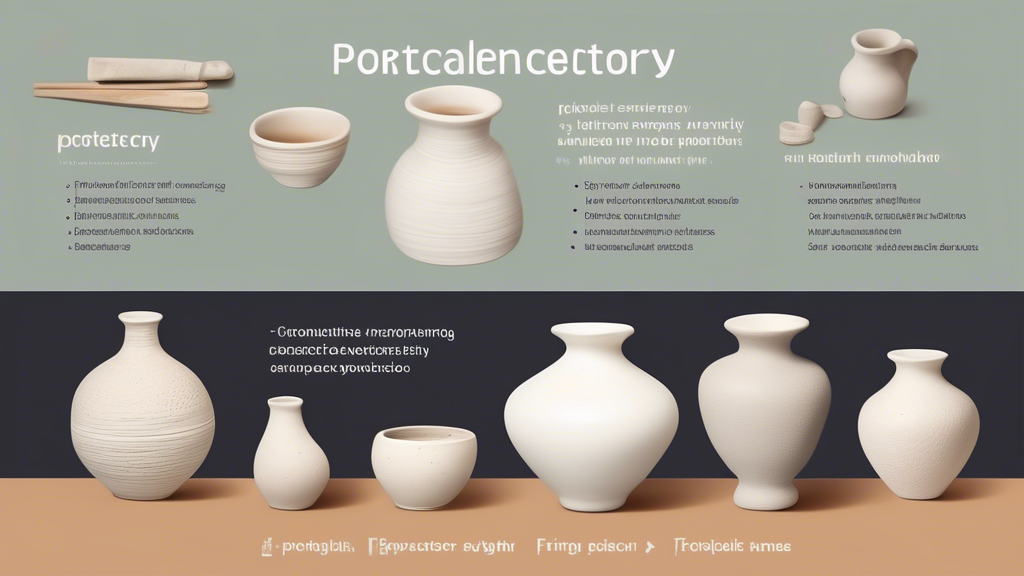
Porcelain vs. Ceramic Pottery: Understanding the Differences
Introduction
In the world of art and utility, pottery holds a distinguished place, blending functionality with aesthetic appeal. Two of the most celebrated materials in pottery are ceramic and porcelain. While they may appear similar to the untrained eye, notable differences in their composition, appearance, and applications set them distinctly apart.
The Composition
Ceramic Pottery
Ceramic pottery is crafted from a myriad of clay types, each imparting unique characteristics to the final product. Earthenware and stoneware clays, known for their coarse textures and higher porosity, are common choices. The firing temperature for ceramic pottery typically ranges between 1,000°C to 1,200°C, which is sufficient to solidify the clay but lower than that used for porcelain, resulting in a more porous and less translucent material.
Porcelain Pottery
Porcelain, on the other hand, is made from a refined clay called kaolin, mixed with feldspar, quartz, or bone ash. The mixture is fired at a higher temperature—approximately 1,200°C to 1,450°C. This process vitrifies the pottery, making it non-porous, translucent, and significantly stronger and more durable than its ceramic counterparts. The high firing temperature of porcelain is a defining factor in its superior quality and finish.
Appearance and Durability
Ceramic Pottery
Ceramic pieces often feature a rustic, earthy appearance, due to the properties of the clays used and the lower firing temperatures. This results in a matte or glossy finish, depending on the glaze applied. Although beautiful, ceramic pottery is less durable than porcelain and is more susceptible to chipping and wear over time.
Porcelain Pottery
Porcelain boasts a delicate, yet robust, nature. Its surface is typically smoother and possesses a translucent quality when held up to light. The durability of porcelain is far superior to ceramic, making it a preferred choice for fine tableware and high-stress applications like flooring tiles. Porcelain's elegance and strength come from its refined materials and the high temperatures at which it is fired.
Applications
The choice between ceramic and porcelain pottery often boils down to the intended use. Ceramic, with its artisanal charm, is frequently used for decorative items, plant pots, and less formal tableware. Its porous nature, however, makes it less suited for applications requiring high durability or complete water resistance without a thorough glazing process.
Porcelain, given its strength and resistance to liquid, is the go-to material for dinnerware, sanitary ware (like toilets and basins), and technical applications (such as in dental prostheses and electrical insulators). Its ability to mimic the look of marble and other natural stones also makes it a popular choice for tiles in luxury home designs and commercial spaces.
Conclusion
While ceramic and porcelain pottery share similarities in their essence as art and utility objects, their differences in composition, appearance, and applications are profound. Ceramic offers an earthy, homely aesthetic that suits decorative and low-impact functional items, whereas porcelain, with its refined quality and enduring strength, caters to a premium segment of tableware, industrial applications, and luxury interior design. Understanding these differences can greatly aid in selecting the right material for specific needs, ensuring both beauty and practicality in their use.
Click this link to check out our ceramic artwork!
